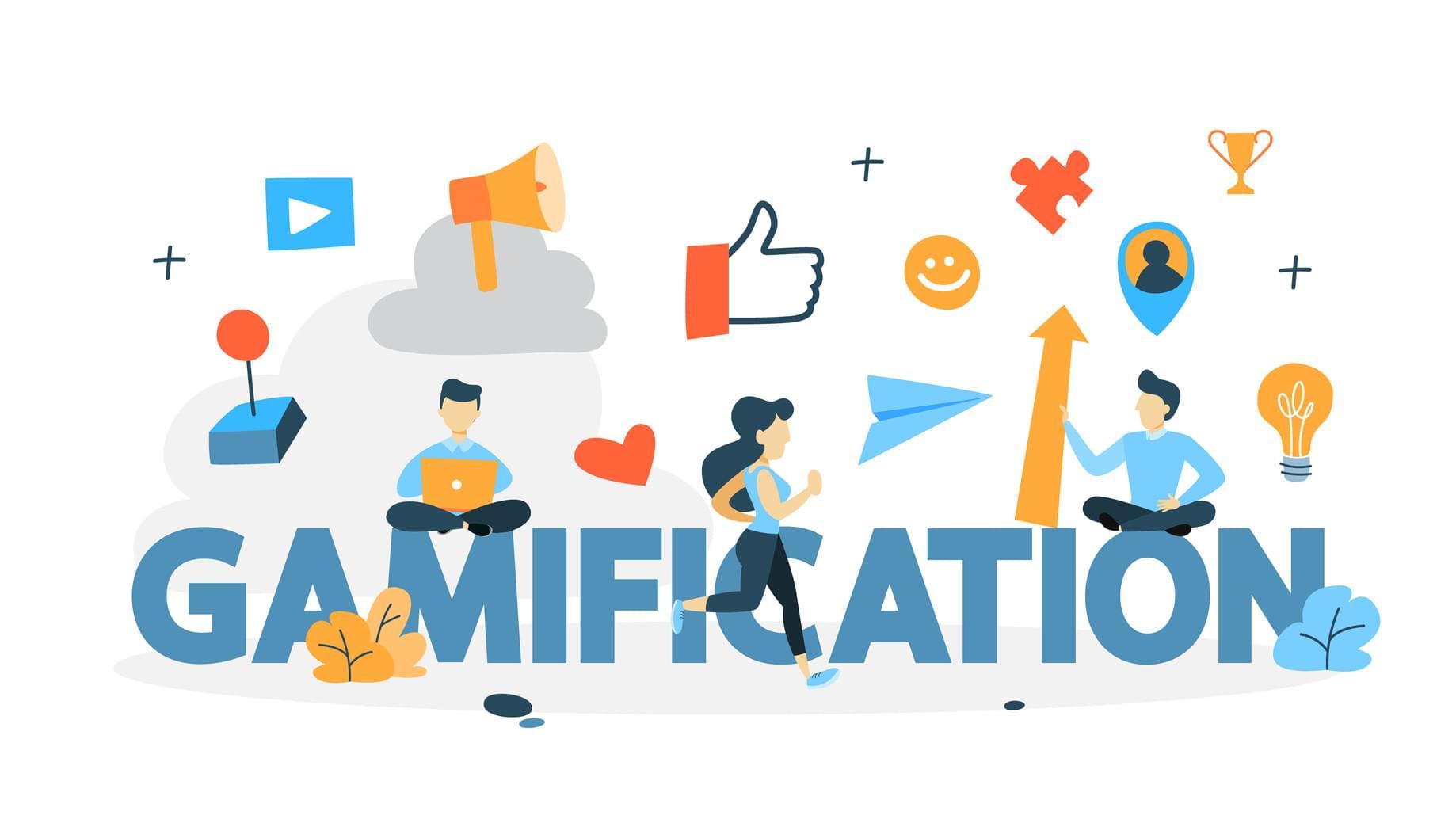Gamification Market Overview
The Gamification Market has emerged as a dynamic and rapidly growing sector, leveraging game design elements in non-game contexts to enhance user engagement, motivation, and learning. As organizations across various industries recognize the potential of gamification to drive desired behaviors and improve outcomes, the market is projected to witness substantial growth over the coming years. According to recent studies, the global gamification market was valued at approximately USD 12.2 billion in 2024 and is expected to expand at a compound annual growth rate (CAGR) of around 28.00% from 2024 to 2032. This growth can be attributed to increasing digitalization, the rise of mobile applications, and a growing emphasis on employee training and customer engagement strategies.
Market Key Players
Several key players dominate the gamification market landscape, each contributing unique solutions that cater to diverse industry needs. Prominent companies include Bunchball, known for its robust gamification platform that integrates with existing systems; SAP, which offers gamified solutions within its enterprise software suite; Microsoft, leveraging its Azure cloud services for gamified applications; and Salesforce, which incorporates gamification into its customer relationship management (CRM) tools.
Other notable players include Badgeville, Playlyfe, and Kahoot!, all of which provide innovative platforms designed to enhance user experience through engaging game mechanics.
Get a Sample PDF of the Report at:
https://www.marketresearchfuture.com/sample_request/11313
Market Segmentation
The gamification market can be segmented based on several criteria including application type, deployment mode, organization size, and region. In terms of application type, the market is divided into employee engagement, customer engagement, education & training, health & wellness, and others. The deployment mode is categorized into cloud-based and on-premise solutions. Additionally, organizations are classified as small & medium-sized enterprises (SMEs) or large enterprises. Regionally, the market encompasses North America, Europe, Asia-Pacific (APAC), Latin America, and the Middle East & Africa (MEA). Each segment presents unique opportunities and challenges influenced by local trends in technology adoption and consumer behavior.
Market Drivers
Several factors are driving the growth of the gamification market. Firstly, there is an increasing demand for enhanced user engagement across various sectors such as education, healthcare, retail, and corporate training. Organizations are increasingly adopting gamified solutions to motivate employees and customers alike by making tasks more enjoyable through rewards systems and competitive elements. Secondly, advancements in technology—particularly in mobile devices—have made it easier for users to access gamified applications anytime and anywhere. Thirdly, businesses are recognizing that traditional methods of training or customer interaction may not yield optimal results; thus they are turning towards innovative approaches like gamification that promise higher retention rates and improved performance metrics.
Market Restraints
Despite its promising outlook, the gamification market faces certain restraints that could hinder growth. One significant challenge is the potential for oversaturation in some sectors where numerous companies offer similar solutions without clear differentiation. This can lead to confusion among consumers regarding which products best meet their needs. Additionally, there may be resistance from employees or customers who perceive gamified experiences as trivializing serious tasks or responsibilities. Concerns about data privacy also pose a threat; as organizations collect more data through these platforms for personalization purposes, they must navigate complex regulations surrounding user information.
Industry Developments
Recent developments within the industry indicate a trend toward integrating artificial intelligence (AI) with gamification strategies to create more personalized experiences for users. AI-driven analytics can help organizations understand user behavior better and tailor their offerings accordingly enhancing both engagement levels and satisfaction rates. Furthermore, there has been an increase in partnerships between tech companies specializing in software development and educational institutions aiming to incorporate gamified learning into their curricula effectively.
Regional Analysis
Regionally speaking, North America currently holds a significant share of the global gamification market due to early adoption of advanced technologies coupled with high investments in research & development activities by key players based in this region. The United States stands out as a leader owing largely to its robust IT infrastructure supporting innovation initiatives across various sectors including finance & banking services where customer loyalty programs often utilize game mechanics effectively.
In contrast, Asia-Pacific is anticipated to witness rapid growth during this forecast period driven by rising smartphone penetration rates along with increasing awareness about benefits associated with implementing such systems within businesses—especially among SMEs looking for cost-effective ways to engage customers while enhancing productivity levels internally too.
Get Complete Report Details:
https://www.marketresearchfuture.com/reports/gamification-market-11313
Top Trending Reports:


